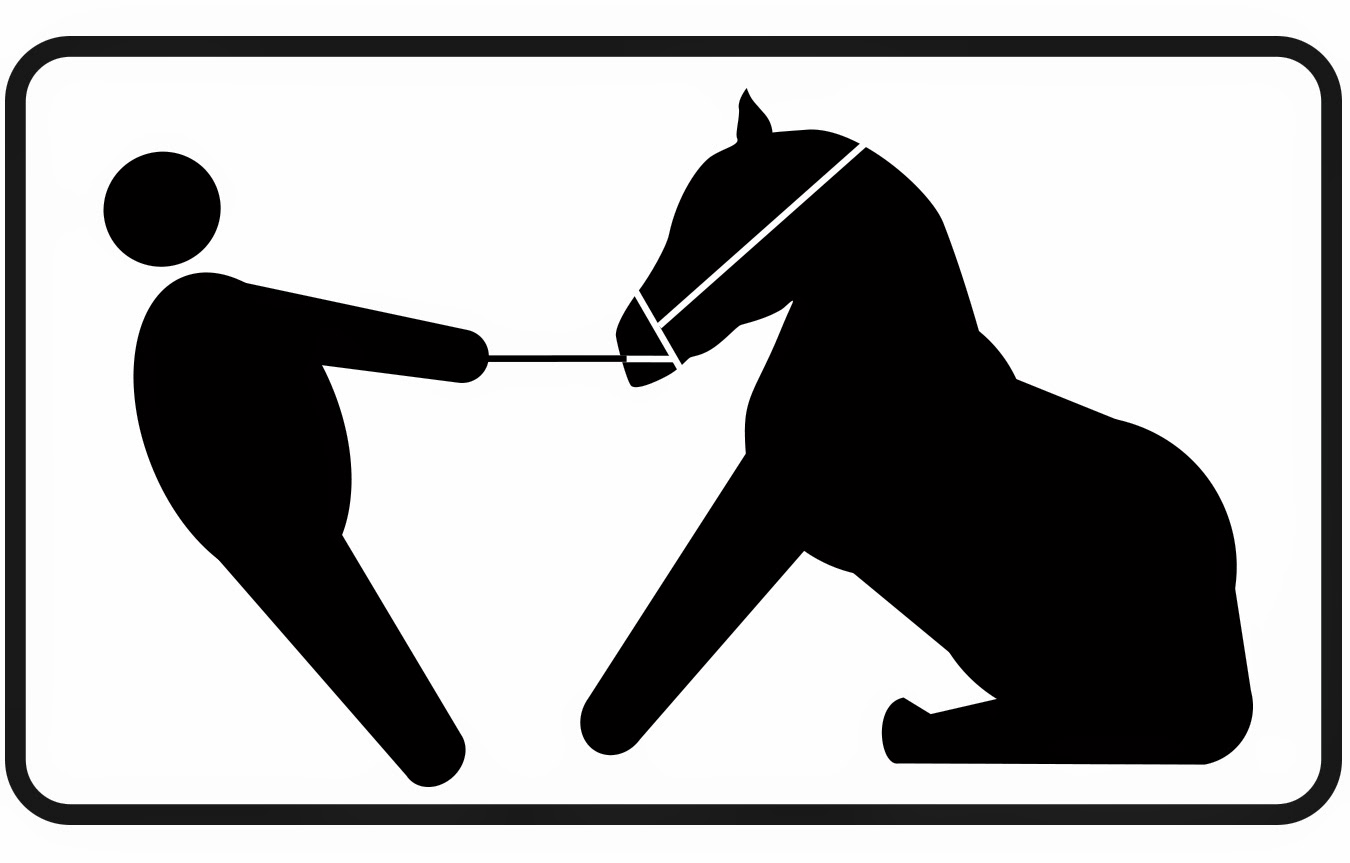Straight talking is one of 13 behaviours, Stephen M R Covey identified in his book
The Speed of Trust, as being needed to develop and maintain relationship trust. The other 12 behaviours were included in my blog post on
Trust last week and a number of these will be covered in future blog posts this month.
Before reading further consider the following questions:
- What does straight talking mean to you?
- What does it look and sound like?
- What is it's opposite?
- How do you react to it?
- How do you react to its opposite?
- How often do you demonstrate straight talking?
- When might you not talk straight and why?
- Can you understand how straight talking might help develop trust?
- Do you see trust as a positive thing?
I can't help but feel our relationship to trust will determine whether we talk straight or not. That is if we don't consider trust to be a positive thing then straight talking isn't necessary.
Before reading further please be aware my own preferences and beliefs will certainly be impacting the words used and judgements made in this post today :-).
For me your view of trust comes down to what camp you're in:
- Abundance, cooperation and growth - ie trust is positive
- Fear, competition and survival of the fittest - ie trust is negative
As I wrote the above list I did wonder if it's something to do with people getting stuck lower down
Maslow's hierarchy of needs than perhaps they need to be? (Just a thought!)
If any situation is seen as survival of the fittest then information is power and you're not going to share it unless you believe sharing it will be of positive use to you. Generally you'll also over exaggerate the value of the information and just keep quiet.
The issue, as I see it anyway, is how can you possibly understand what value the information you have might be to the other party, to the relationship or eventually to your goals being achieved.
I recently provided a supplier with feedback about one of their representatives rubbing one of the buyer's managers up the wrong way. I hadn't seen the behaviour myself so didn't know it to be a problem. They thanked me, took appropriate action, and as a result the relationship between both individuals improved greatly.
When they thanked me for the second time I asked why they felt it was note worthy that I had said anything. They said buyers usually foung it easier not to say anything - perhaps thinking it's not their job or even thinking they're doing the supplier's job for them! We're certainly on a spiral downwards if we think we're each responsible for only certain aspects of a relationship.
Straight talking in a relationship is doing what I did, putting aside whose job I think it is, or how the information may or may not be accepted, and just saying it as it is.
Straight talking is a little like putting a jigsaw together with someone when you can only see your own pieces. You're both reliant on the other party(ies) speaking up when they can help. It's no use one party deciding to start with the edges, or the other starting with the water, unless you show each other what pieces you have to help them finish that element. (I won't start on 'you show me yours before I show you mine' school boy antics as I prefer to work on the premise that someone is trustworthy until they prove otherwise not the other way round.)
What jigsaw pieces are you holding back and how might it be completed quicker and more effectively if you shared a little more of them with the other side?
Alison Smith
Inspiring change inside and out - when what you're doing isn't working
See
here for origin of Image.
Although talk of jigsaw pieces reminded me of our use of jigsaw pieces to bring the organisation's procurement strategy alive for the year - with each of us owning a different piece and sharing and swapping them at meetings.





















